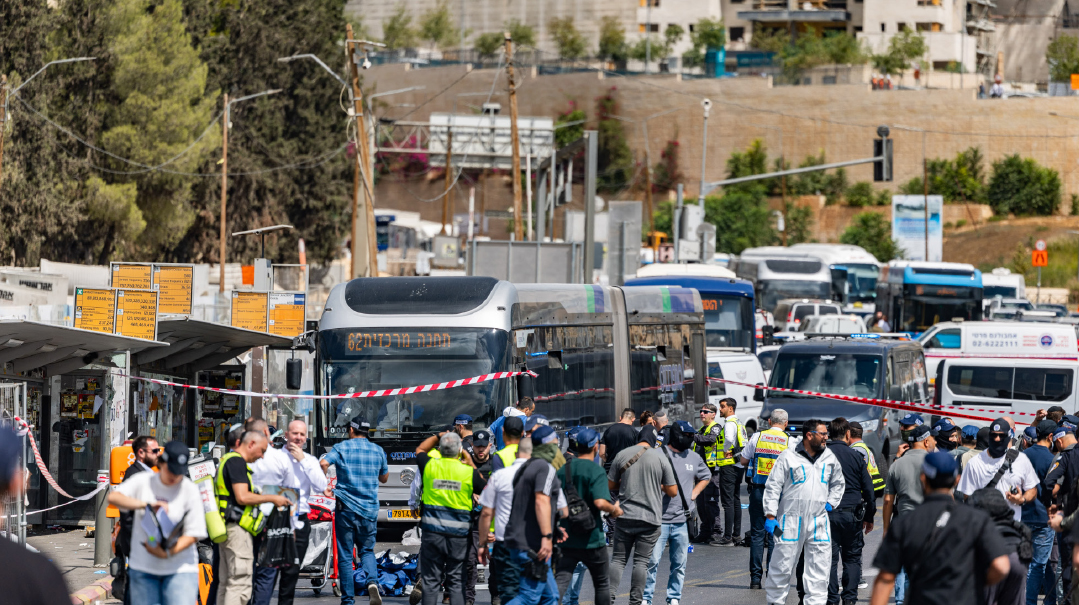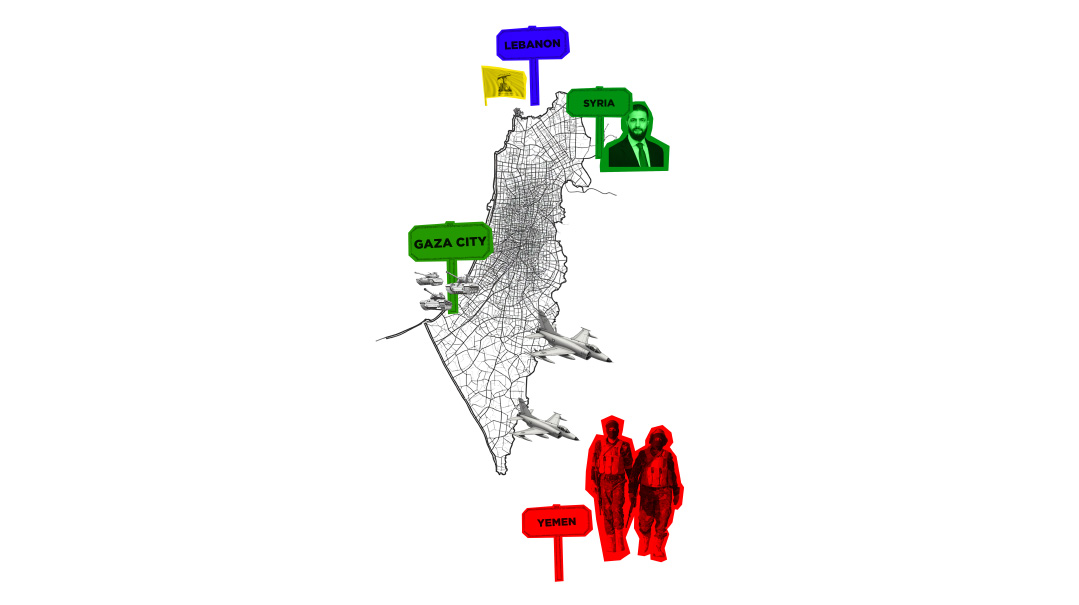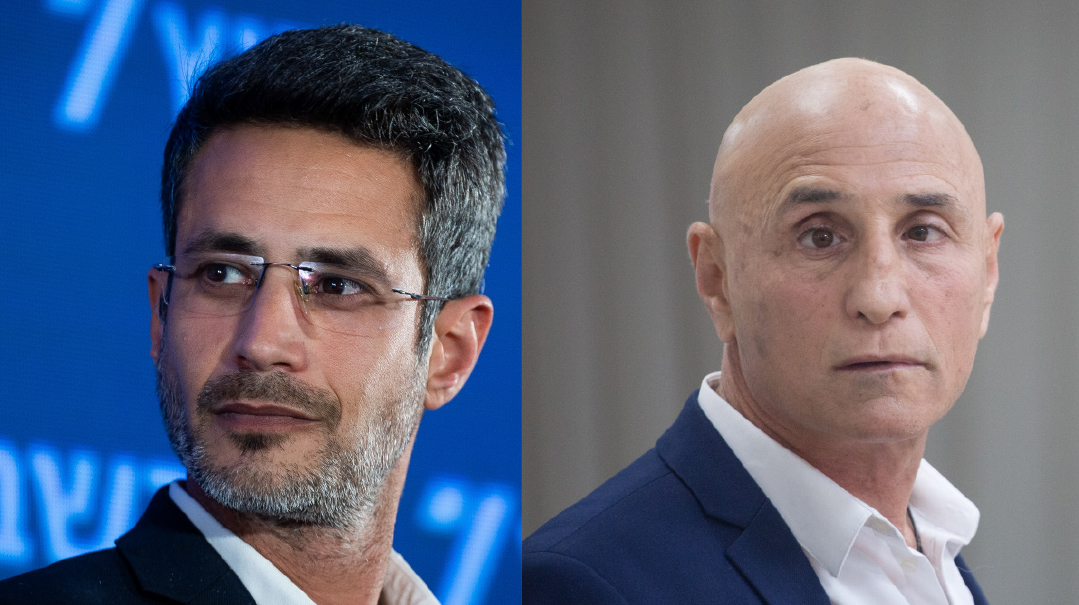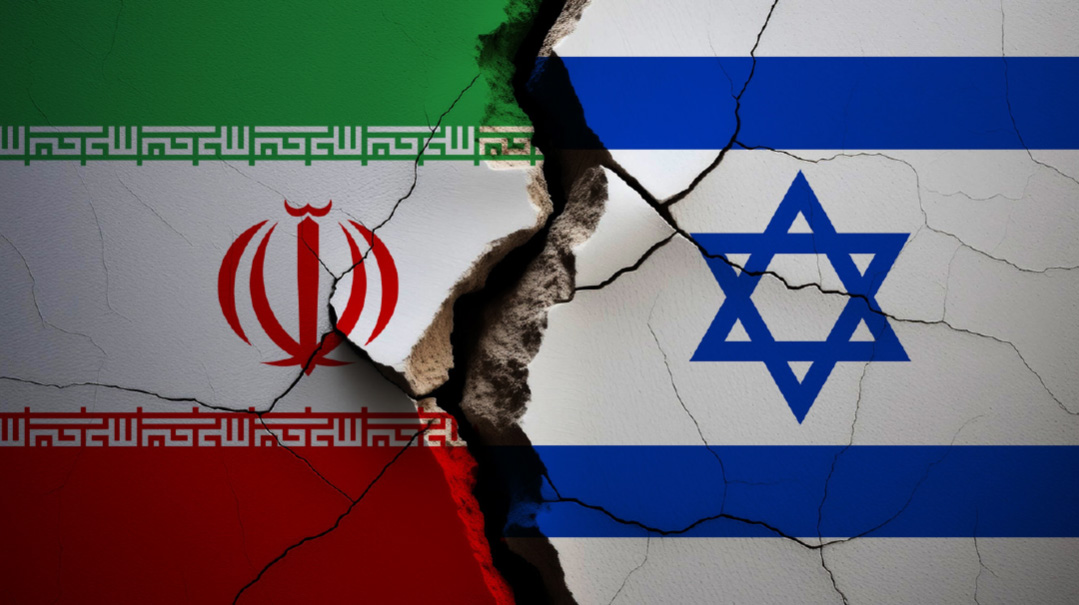No Easy Answers in Gaza


F
our years after the 2014 Gaza war, Hamas has decided to take the gloves off.
Hamas, which has been subdued, battered, and deterred, has concluded that Israel will do almost anything to avoid a new conflict.
Behind Hamas’s newfound confidence is Iran, which has advised the terror group running the Gaza Strip that Israel has no desire to run a two-front war, in the north and south. If the south burns, Tehran advised, then Israel will be deterred from targeting Iranian weapons convoys in Syria, allowing the mullahs’ army to establish itself more firmly there.
Those assessments were not far from the truth. To this point, the Israeli defense establishment has persuaded the government to refrain from an all-out war in the face of terror balloons and incendiary kites.
But a missile barrage last weekend may have changed the calculus. After Hamas launched 200 missiles into Israeli territory on Saturday and Sunday, the cabinet instructed the military to ramp up its response to the kite and balloon cells. At the same time, Iron Dome batteries have been deployed in the center of the country, and a limited number of reserve forces have been called up to man air defense systems.
These steps were intended to convey to Hamas that Israel is unafraid of a military conflict. At the same time, Israel has continued to conduct negotiations with Hamas via Egyptian intelligence personnel. Shin Bet director Nadav Argaman has spearheaded those talks. So far, Israel and Hamas have reached only general understandings. Israel has insisted that any cease-fire would have to include — in addition to a halt to rocket and mortar fire — an end to the violent clashes along the security fence and the cessation of the incendiary kites and balloons. For its part, Hamas claims that the kites and demonstrations are legitimate forms of political protest, but has assured Egyptian contacts that it will gradually reduce the scope of the kites nonetheless.
Israel has also made it clear to Egyptian mediators that any long-term arrangement would require the return of the Israeli captive Avera Mengistu and MIAs Hadar Goldin and Oron Shaul from Gaza. Israel will not ease restrictions on Gaza without a breakthrough on this front. Hamas has said it will not discuss the matter unless Israel releases many more Palestinian prisoners, something that Israel has refused to do.
Spark to War?
As we go to press, with minimal losses sustained, the clashes along the Gaza border and the missiles reaching Israel’s south represent more a war of attrition than an escalating conflict. But the IDF is preparing for more, using long-scheduled military exercises to ready its troops for battle.
Ministers in the government recalled this month that during Operation Protective Edge, in the summer of 2014, the intelligence agencies claimed repeatedly that Hamas wasn’t interested in a prolonged conflict. It turned out they were wrong; the terror group fought for 51 days. Those same intelligence agencies today claim the events of the last few months indicate that Hamas’s leadership in Gaza is ready to bring the two sides dangerously close to war.
There are no easy solutions in Gaza, and no rapid victory is waiting for the IDF. Entering Gaza means dead and wounded soldiers. Therefore, Israel prefers a chastened and weakened Hamas to a major conflict that will not guarantee better results. However, the decision to refrain from a military operation depends first and foremost on whether casualties pile up on Israel’s side of the border.
327
The number of rocket attacks against Israel launched from Gaza in 2018
7,000
The number of acres burned by incendiary balloons launched from Gaza, an area the size of the Israeli town Netanya
10
The number of deployed Iron Dome batteries in Israel
$50 Million
The cost of one Iron Dome battery
$40,000
The cost of one Iron Dome missile
$500 - $1,000
The cost of one typical Hamas rocket
(Originally featured in Mishpacha, Issue 719)
Oops! We could not locate your form.













